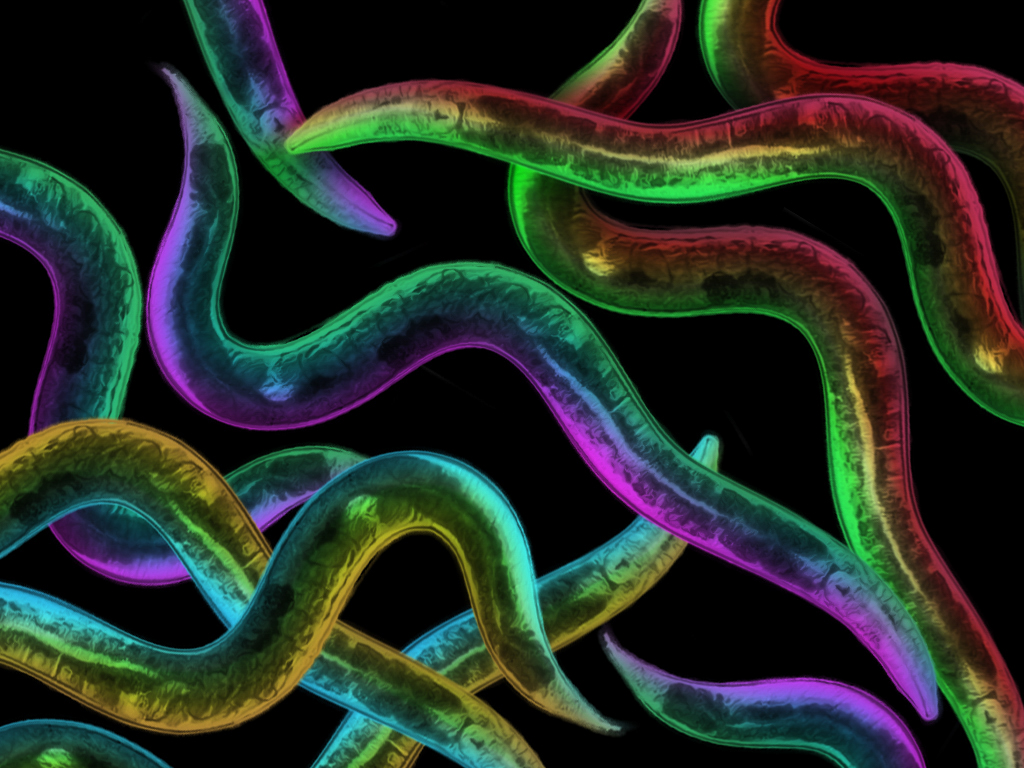
(C. elegans. Credit Justin Chaplin)
Severed nerve cells send out a ‘save me’ signal that sparks the process of self-repair, QBI and Monash University researchers have found.
Using tiny worms, researchers demonstrated how to control this process genetically, raising hopes for treating nerve injuries in humans in the future.
Nervous system injuries, such as those to the spinal cord, can cause lifelong disabilities because human bodies are unable to naturally fully repair these cells. However, animals like the transparent roundworm (C. elegans) are able to repair severed nerves, and researchers are trying to understand how they do it.
The research team built on its landmark 2015 findings in which the scientists characterised ‘axonal fusion’, a highly efficient, yet simple repair process.
Axonal fusion, observed in several species, allows severed nerve cells (neurons) to form a bridge across their damaged section.
The latest research confirms that axonal fusion restores full function to damaged nerves.
“Basically, the ‘save me’ signal is really controlling whether you can regrow nerves through this fully functional method of regeneration. It’s critical for the process,” said Dr Neumann, previously of QBI and now a researcher at Monash University’s Biomedicine Discovery Institute.
“Genetically, we can boost the capacity of the neurons to actively [promote] a response after injury, and if we do that we can get better rates of this axonal-fusion process,” he said.
Restoring severed nerves
The scientists used a laser beam to sever the axon of a single neuron in the 1mm-long C. elegans and observed how it regenerated, finding that the function associated with this neuron was restored within 48 hours.
The two ends of a severed neuron are able to recognise each other and reconnect due to specific ‘save-me’ signals displayed on the surface of the damaged cell, they found.
The researchers demonstrated that a certain level of 'save-me' signals was essential for the process to occur and that it was possible to manipulate this genetically.
Associate Professor Massimo Hilliard, Principal Research Fellow at QBI, who collaborated on the study, said the discovery adds another important step towards finding new ways to treat nerve injuries.
“Demonstrating that axonal fusion provides functional recovery of the severed nerve is essential for this type of repair to eventually be exploited for nerve repair in humans,” he said.
“By understanding precisely how this repair process occurs, we can modulate it more effectively and hopefully apply it to mammalian systems.”
The research was supported by the National Health and Medical Research Council, and is published today in the journal Proceedings of the National Academy of Sciences.



